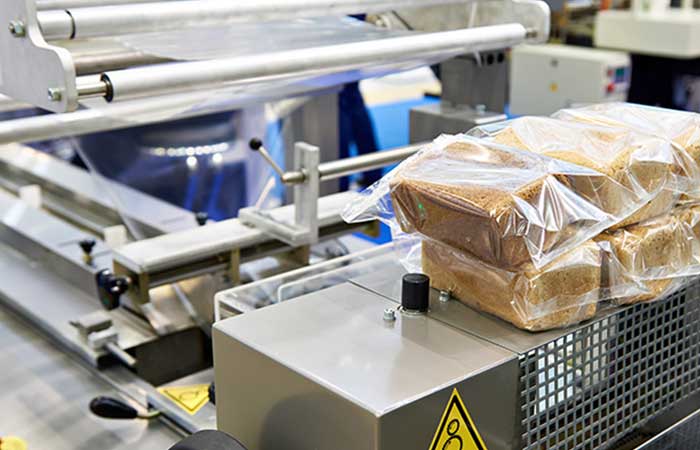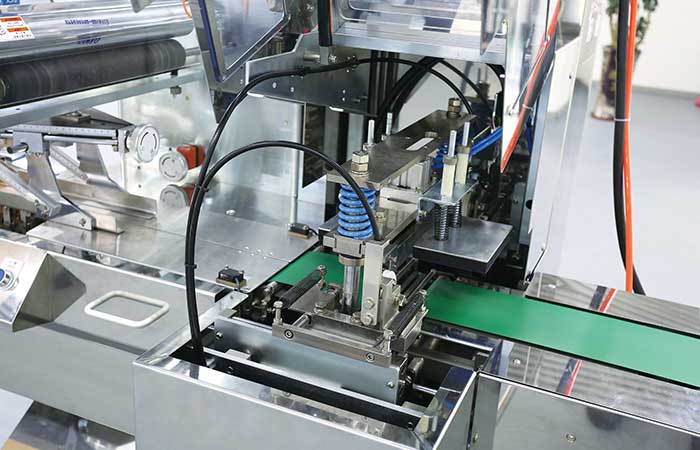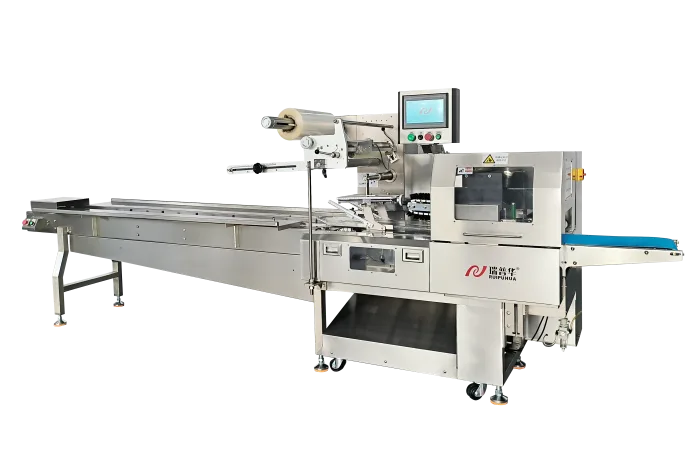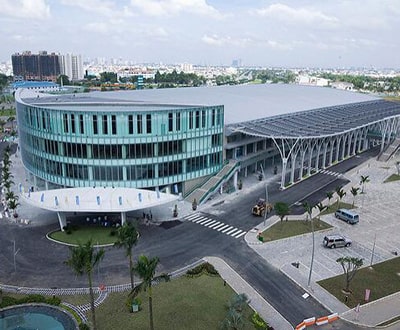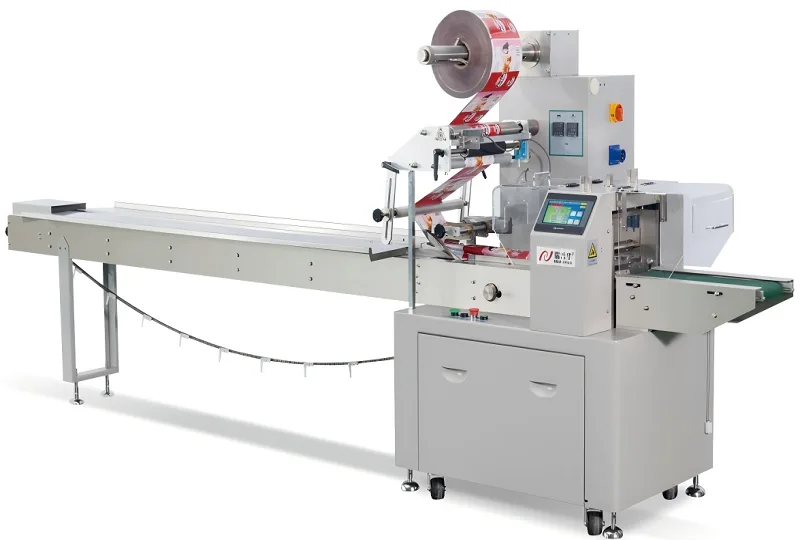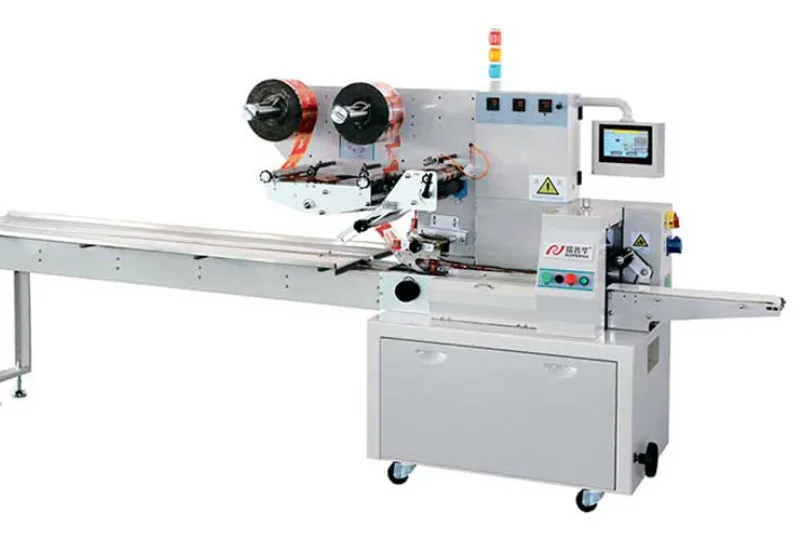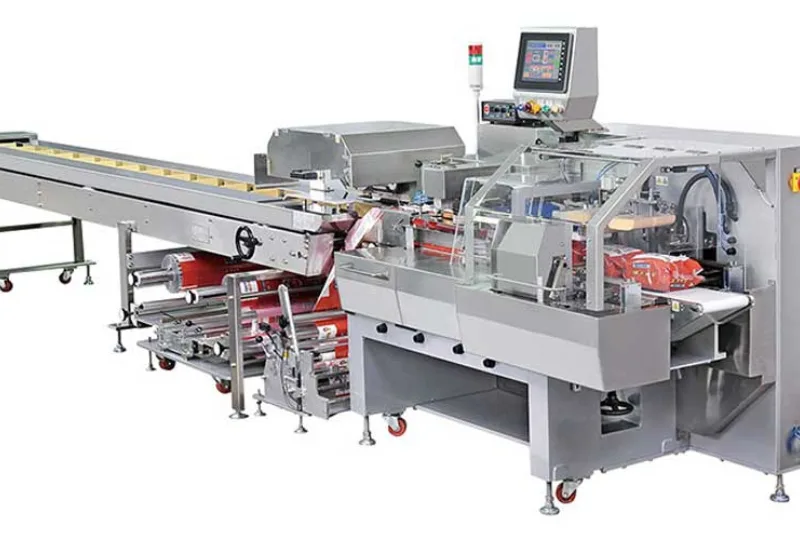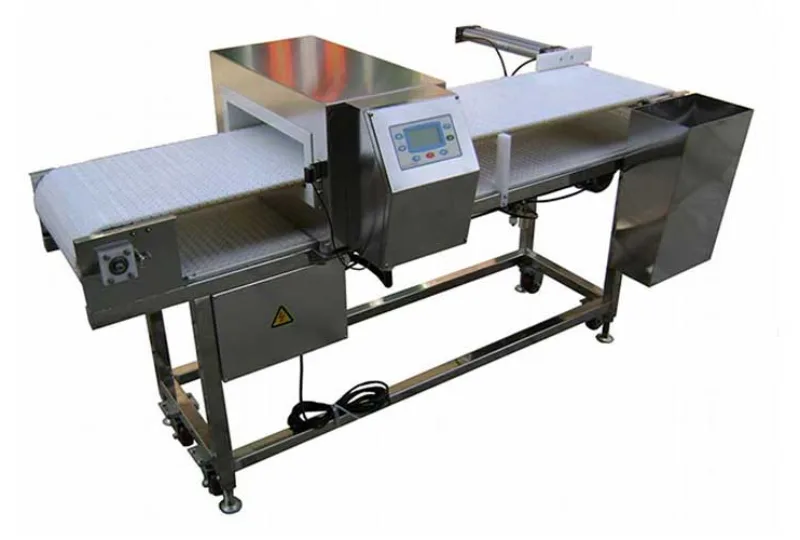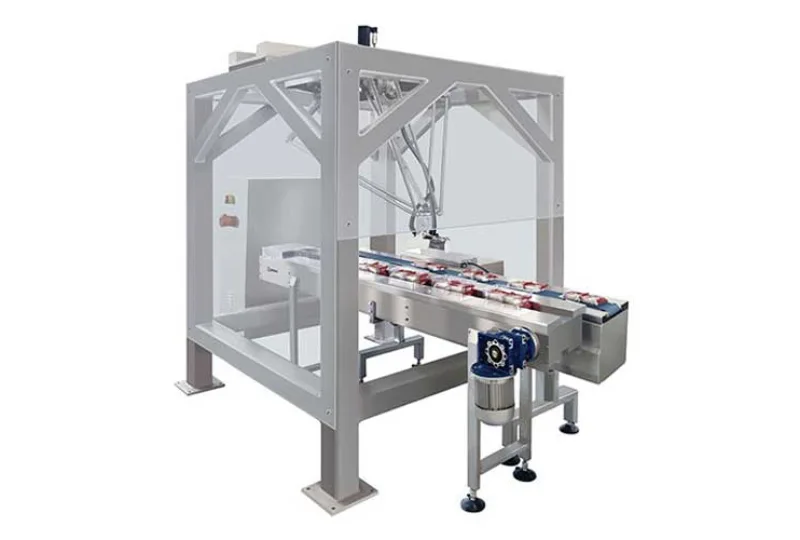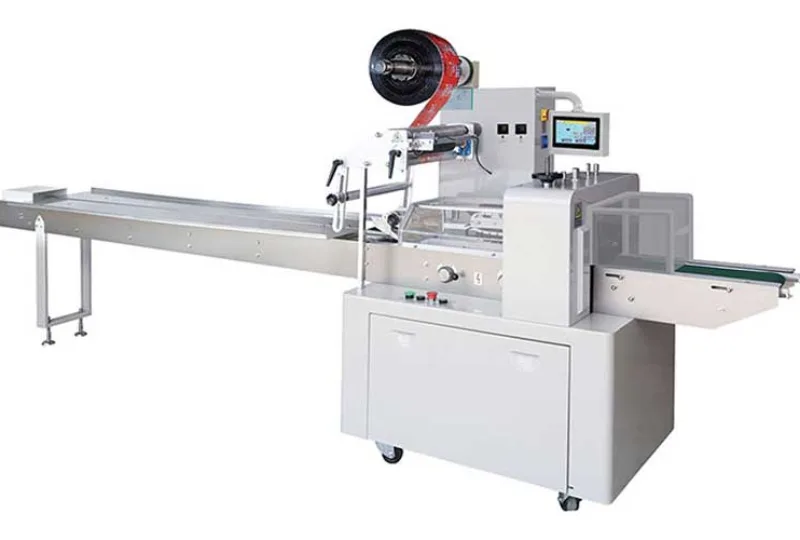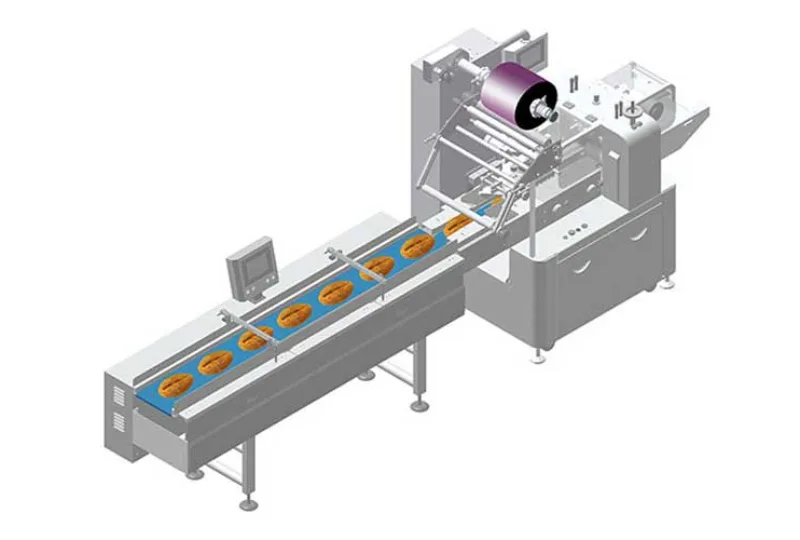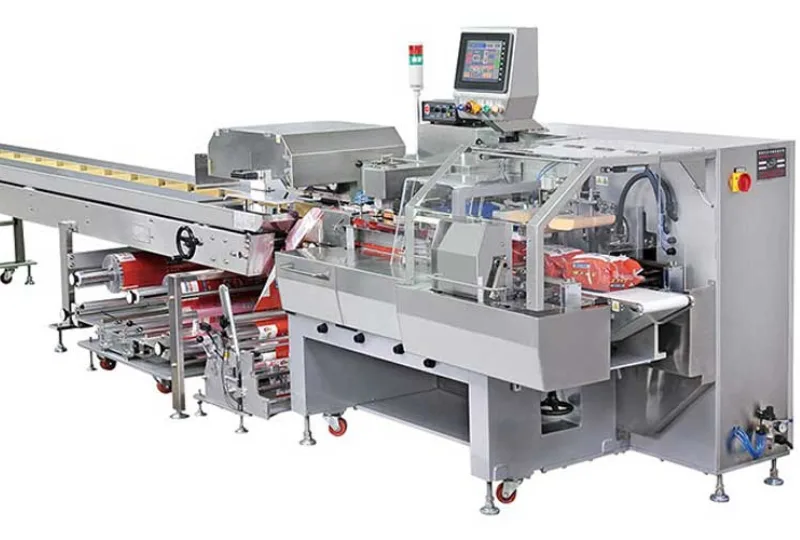Revolutionizing Warehousing: The Future of Automated Palletizing Systems
The Rise of Automated Palletizing Systems
Automated palletizing systems have transformed the way warehouses operate, offering increased efficiency, accuracy, and cost savings. These systems utilize advanced robotics and artificial intelligence to stack and organize products quickly and precisely. By automating this process, businesses can reduce labor costs, minimize errors, and optimize warehouse space.
One of the key benefits of automated palletizing systems is their adaptability. These systems can be customized to handle a wide range of products, from heavy boxes to fragile items, ensuring that each pallet is stacked safely and securely. Additionally, automated systems can work around the clock, increasing productivity and reducing the time needed to fulfill orders.
The Impact on Warehouse Operations
Implementing automated palletizing systems can significantly impact warehouse operations. By streamlining the palletizing process, businesses can improve throughput, reduce bottlenecks, and enhance overall efficiency. This not only leads to cost savings but also allows businesses to handle increased order volumes without the need for additional labor.
Furthermore, automated palletizing systems can enhance safety in the warehouse by minimizing the risk of injury associated with manual palletizing. By removing employees from potentially hazardous tasks, businesses can create a safer work environment and reduce the likelihood of workplace accidents.
Technological Advancements
Recent technological advancements have further enhanced the capabilities of automated palletizing systems. Machine learning algorithms can optimize pallet configuration based on product dimensions and weight, while sensors and cameras can provide real-time feedback to ensure precise stacking. These advancements have made automated palletizing systems more sophisticated and efficient than ever before.
Another emerging trend is the integration of Internet of Things (IoT) technology into palletizing systems. IoT sensors can monitor equipment performance, track inventory levels, and provide valuable data for predictive maintenance. By leveraging IoT technology, businesses can improve system reliability and reduce downtime.
The Future of Warehousing
As technology continues to evolve, the future of warehousing looks increasingly automated. Automated palletizing systems are just one example of how robotics and AI are transforming the industry. By embracing these advancements, businesses can stay ahead of the competition, enhance operational efficiency, and deliver superior service to customers.
In conclusion, automated palletizing systems represent a significant step forward in warehouse automation. By harnessing the power of robotics and AI, businesses can optimize their operations, improve safety, and drive growth. As the demand for fast and efficient fulfillment continues to rise, automated palletizing systems will play a crucial role in shaping the future of warehousing.
-
01
Automatic Tray Loading and Packaging Equipment: Boost Efficiency to 160 Bags/Minute
21-11-2025 -
02
Automatic Soap Packaging Machine: Boost Productivity with 99% Qualification Rate
21-11-2025 -
03
A Deep Dive into Automatic Toast Processing and Packaging System
18-11-2025 -
04
The Future of Bakery Production: Automated Toast Processing and Packaging System
18-11-2025 -
05
Reliable Food Packaging Solutions with China Bread, Candy, and Biscuit Machines
11-10-2025 -
06
High-Performance Automated Food Packaging Equipment for Modern Production
11-10-2025 -
07
Reliable Pillow Packing Machines for Efficient Packaging Operations
11-10-2025 -
08
Advanced Fully Automatic Packaging Solutions for Efficient Production
11-10-2025 -
09
Efficient Automatic Food Packaging Solutions for Modern Production
11-10-2025 -
10
Advanced Automatic Packaging Equipment for Efficient Production
11-10-2025



